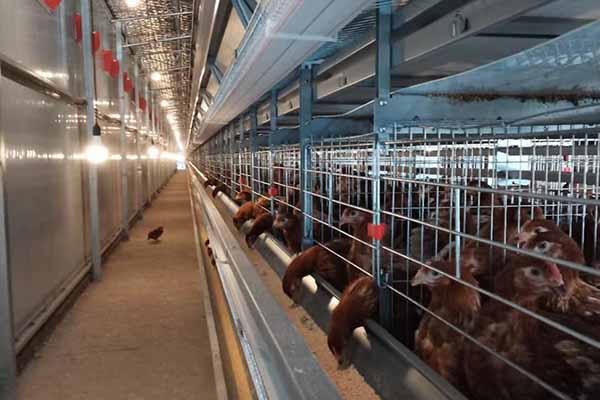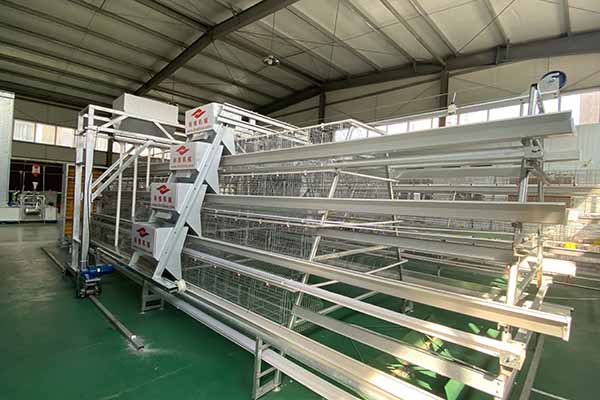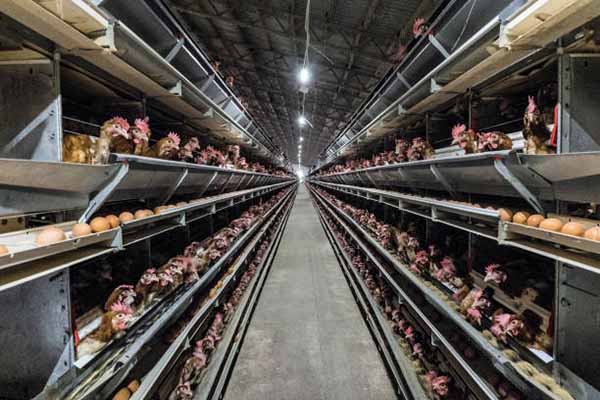Optimizing Chicken Battery Cages for a 500,000 Chicken Operation in Kenya
As the poultry industry in Kenya continues to grow, understanding the best practices for chicken battery cages is crucial for any farmer looking to house up to 500,000 chickens efficiently. This article will explore the key considerations and benefits of implementing chicken battery cages for such a large-scale operation.
Understanding the Scale
Kenyan poultry farmers are increasingly adopting battery cage systems to maximize their production capacity. For a 500,000 chicken operation, this scale requires careful planning and execution. Below are some essential aspects to consider:
- Space Allocation: Each cage must provide ample space for the chickens to stand, turn around, and extend their wings. On average, a 30cm x 40cm space is recommended per chicken.
- Material and Durability: High-quality materials, such as stainless steel, are essential for durability and resistance to corrosion, ensuring the longevity of the cage system.
- Airflow and Ventilation: Good air circulation is crucial to maintain the health of the chickens and reduce the risk of respiratory diseases. Each cage should have appropriate ventilation points.
According to a study by the International Poultry Council, battery cage systems can increase production efficiency by up to 30% compared to traditional open pens.
Benefits of Chicken Battery Cages
Several benefits come with using chicken battery cages for large-scale operations:

- Healthier Birds: Battery cages help prevent disease transmission among birds, reducing the risk of outbreaks.
- Increased Egg Production: Properly managed battery cages can lead to a higher egg yield per bird.
- Cost Efficiency: These systems require less labor and reduce the risk of chicken injuries or deaths, saving on healthcare and replacem
 ent costs.
ent costs.
Designing for 500,000 Chickens
Designing a chicken battery cage system for 500,000 chickens involves several components:
| Component | Quantity | Description |
|---|---|---|
| Cages | 16,666 | High-quality stainless steel battery cages, each with a capacity of 30 chickens |
| Feeding and Watering Systems | 1 per 1,000 chickens | Automated feeding and watering systems to maintain constant access to food and water |
| Manure Removal Equipment | 1 per 5,000 chickens | Regular manure removal to maintain a hygienic environment |
| Ventilation Systems | 1 per cage row | Effective ventilation to maintain air quality and temperature |
Implementing such a system requires a considerable investment, but the long-term benefits often outweigh the initial costs.
Conclusion
Investing in chicken battery cages for a 500,000 chicken operation in Kenya can significantly enhance productivity and profitability. By considering the space allocation, material durability, and ventilation systems, farmers can ensure their chickens are housed in a healthy, efficient environment.

Are you a poultry farmer or investor looking to maximize your chicken operation? Contact us at LIVI Mechanical for a free chicken farming design and equipment quotation. Let our experts guide you through the process of setting up an effective and sustainable chicken battery cage system.




